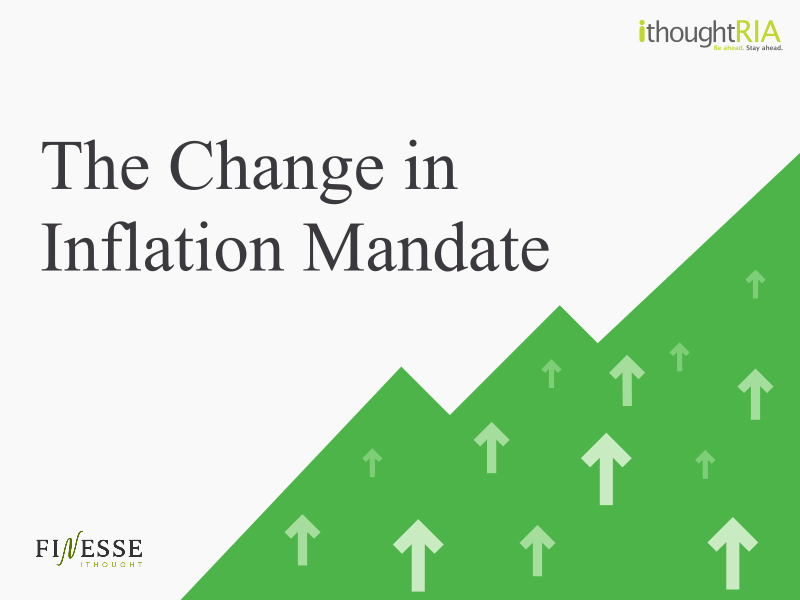
Backdrop
In 2013, India experienced dangerously high levels of inflation that drove the central bank to action. CPI inflation which measures the price that the consumer pays for a basket of goods, shot up to a dangerous 10.9% in 2013. CPI stands for Consumer Price Index. Since it measures the price that the end consumer pays, it is also known as retail inflation.
Until now the RBI used to frame their policies based on the WPI or the Wholesale Price Index. This measures the Wholesale price of a basket. This was because WPI was accurate and quick. CPI was adopted in early 2014 because it was more relevant to the end user. It took into account the final cost of goods and it records service costs as well. It took into account taxes and middlemen costs. CPI is issued with a lag as getting this data is more difficult than getting WPI.
Let’s take a look at the MPC meetings in 2013 and break them down.
MPC Meeting July 2013 – Governor D. Subbarao
To begin with, the policy repo rate and the reverse repo were unchanged at 7.25% and 6.25% as the central bank had limited room to tinker. The governor stressed the need to pro-actively respond to the risks from the global financial markets and also addressed the trade-off posed by increased downside risks to growth and inflation. Growth was decelerating and WPI and food inflation was moderating and a decent monsoon was expected, all reasons to ease rates but there was a problem with regard to the exchange rate.
The governor said that the RBI had to forfeit some monetary policy discretions to address the external issue. The RBI had undertaken liquidity tightening measures that were aimed to check the undue volatility in the rupee. The Governor stated that, post this issue getting resolved, the central bank would look to growth supporting monetary policy.
MPC Meeting October 2013 – Governor Raghuram Rajan
The central bank had raised interest rates to 7.75% in this policy meeting. Global growth outlook had improved on the back of the Fed delaying tapering. Wholesale and Consumer inflation was expected to remain elevated supporting the central bank’s policy response. Foreign exchange volatility had subdued with the narrowing of the trade deficit, and also interventions on the foreign exchange market.
Talks of amending the monetary policy framework were taking place with a committee headed by Dr. Urjit Patel working on the same.
MPC Meeting January 2014 – Governor Raghuram Rajan
The decision to raise interest rates by 25 basis points to 8% will be explored in this section. Growth slowdown was worrying. Manufacturing activity was contracting and indicators were not encouraging. The bright spot was that agriculture activity was picking up and the trade deficit has reduced to 2.5% of GDP in 2013-14 from 4.8% the previous year. Reserves were in a comfortable position and expected to increase in the coming months. Inflation posed the largest risk. Even though food and vegetable prices were expected to moderate, inflation was still at dangerously high levels, crossing the double-digit mark. High inflation weakens the currency and harms the economy as capital flows out. The governor went on to explain that this decision to increase the repo rate was taken with a view to lower inflation and that when inflation is controlled, the MPC will have room to become more accommodative.
MPC Meeting April 2014 – Governor Raghuram Rajan
The interest rate was maintained at 8%. Advanced economy growth was moderating but was expected to strengthen in the year. Retail inflation had moderated to 8% on the back of food prices even though fruit, milk and products had started to firm up. The current account deficit had lowered to 0.9% of GDP but was expected to close the year at 2%. The reduction was mainly due to lower exports and lower prices of oil and gold.
The governor had expressed that the risks to the 8% inflation target by January 2015 stemmed from a lesser than normal monsoon and the uncertainty of setting minimum support prices. The policy stance will be geared towards keeping the economy on a disinflationary path with the target of 8% by January 2015 and 6% by January 2016.
Recommendations of the Urjit Patel Committee
The committee recommended that the anchor for monetary policy decisions be based on the Indian CPI. The committee recognized that the measure that most closely reflects the cost of living is also understood widely and influences expectations. As inflation was elevated in 2014, the committee proposed a gradual target from the existing 10% to 8% by 2015 and to 6% by 2016 before adopting the flexible target of 4% +/- 2% from 2016 onward due for a review in 2021 (5-year regime).
This method of CPI targeting is followed by almost all major central banks worldwide. The committee also recommended that decision making be vested in the Monetary Policy Committee. The committee would have to meet and set the repo rate once in two months. In March 2021, the committee had decided to continue with the same mandate for the next 5 years.